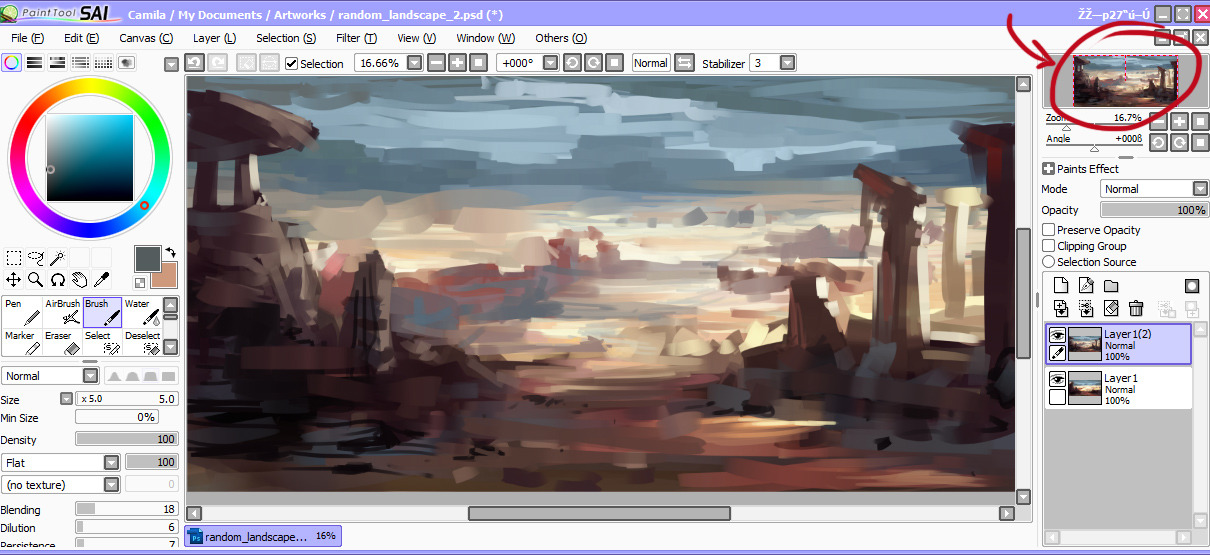I thought a bit about covers lately - specifically covers for eBooks.
With a printed book you see the cover every time you pick up the book. You see the title of the book and the name of the author and you associate it with the book.
With an ebook you see the cover when you buy the book online and then never again. On my kindle the only time I see the title of the book is when I first start reading it and if I swap to another book and then back again.
I've found that since I started reading ebooks I have a much harder time remembering the titles of the books I read.
Today I had a look at amazon.com and browsed the titles available for sale there. Books are listed along with pictures of their covers. These pictures are about the size of my thumb - not very big. Depending on your screen size you probably get slightly different layouts. The page looked different on my computer at work than it did on my laptop. The little thumbnails were about the same though.
When scrolling through the page, just looking, not knowing what I want it strikes me that they all look sort of the same. A picture of some kind, the name of the author and the title of the book, just like if they were physical books the size of a stamp. They're all trying to stand out, but in doing so they just become more similar to each other. Yes, there are exceptions, but they are just that - exceptions.
Another thing all of these thumbnails have in common is that they're trying to look like book covers. Do they really need to do that? If the reader/buyer is only going to see the cover when they buy the book and then never again, why not take some more liberties with the design?
You have a square space roughly the size of a thumb. Do you really need to fit in the title of the book and the name of the author there? It says under the thumbnail anyway. Are there other ways in which to take advantage of this very limited space to try and get people casually browsing to click your book?
Is that even a consideration? Do people actually browse casually just by looking at covers?
With a printed book you see the cover every time you pick up the book. You see the title of the book and the name of the author and you associate it with the book.
With an ebook you see the cover when you buy the book online and then never again. On my kindle the only time I see the title of the book is when I first start reading it and if I swap to another book and then back again.
I've found that since I started reading ebooks I have a much harder time remembering the titles of the books I read.
Today I had a look at amazon.com and browsed the titles available for sale there. Books are listed along with pictures of their covers. These pictures are about the size of my thumb - not very big. Depending on your screen size you probably get slightly different layouts. The page looked different on my computer at work than it did on my laptop. The little thumbnails were about the same though.
When scrolling through the page, just looking, not knowing what I want it strikes me that they all look sort of the same. A picture of some kind, the name of the author and the title of the book, just like if they were physical books the size of a stamp. They're all trying to stand out, but in doing so they just become more similar to each other. Yes, there are exceptions, but they are just that - exceptions.
Another thing all of these thumbnails have in common is that they're trying to look like book covers. Do they really need to do that? If the reader/buyer is only going to see the cover when they buy the book and then never again, why not take some more liberties with the design?
You have a square space roughly the size of a thumb. Do you really need to fit in the title of the book and the name of the author there? It says under the thumbnail anyway. Are there other ways in which to take advantage of this very limited space to try and get people casually browsing to click your book?
Is that even a consideration? Do people actually browse casually just by looking at covers?

 Auror
Auror
 Scribe
Scribe
 Troubadour
Troubadour